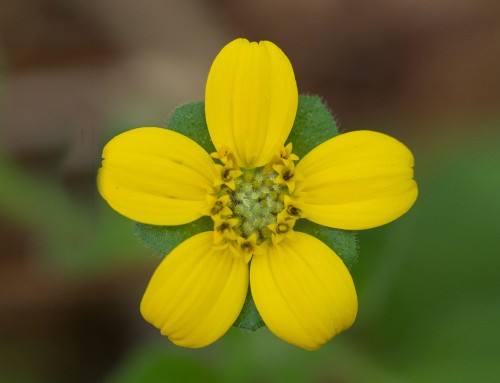Exporting is the last major step in post-production. Watch this video and learn how to control various aspects of your exported images. We show you how to set the image size, file type, and quality settings for exported photos. Additionally, you’ll see how to include image metadata, watermarks, output sharpening, and more.
Photo: Hiram Trillo
Transcript
To begin, first make a selection of images to export. Then, open the Export window. Either right-click on one of the selected photos and choose ‘Export…’ from the menu. Or press ⌘E on the Mac or Ctrl E on Windows. In the Export dialog, there are several options to specify.
Destination
The Destination section at the top specifies where the photos will be exported to. These tools direct Exposure to organize photos into folders. Select from standard locations such as the Pictures folder or the Desktop, or choose a specific path. Whichever location you use, Exposure enables you to create a subfolder hierarchy for exported photos.
Click Add Subfolder, and then select from options for how it’s named. Custom Text provides a text box to enter custom folder names. Additional subfolders can be used for more detailed organization. For example, using Capture Time will save exported images into separate dated subfolders, automatically. Learn more about it in our Automatic Photo Organization video.
After Completion directs Exposure to perform a specific action after the export completes. Have it automatically send photos to another app or external editor, reveal the photo in Finder on Mac or File Explorer on Windows, or open a custom URL.
File Naming
In the File Naming section, control how your exported images are named. Use the same naming options in this section as for when creating subfolders. Use components such as Custom Text to enter the file name, and then a numerical sequence. Set your preference for how Exposure will react if files of the same name already exist.
File Settings
The File Settings section configures the file type and output color space of the images when they are exported. When JPEG is selected, a quality slider will appear. Low values result in smaller, lower quality files. Most often, it’s recommended to set this at the high end of the range.
TIFF files include compression and bit depth controls. From the compression list ‘ZIP’ adds lossless compression but may not be compatible with all applications. ‘None’ is no compression, and ‘original’ uses the compression method of the original image. For bit depth, use 16 bits for higher quality, larger files, or use 8 bits for compatibility with older applications.
The Original file type exports using the same format as the original image. When exporting a RAW file, Exposure writes a copy of the RAW file to the destination folder, and includes a sidecar file that contains all of Exposure’s settings for the photo. This is useful for importing into another application like Lightroom. Most of Exposure’s visual edits aren’t accessible to other applications, but some metadata and crop settings are.
Color space controls the color space for TIFF and JPEG files when they are exported. Use sRGB for files that will be used on the web. Adobe RGB and ProPhoto RGB are for high-quality situations like print work.
If the exported photos will be printed, add Output Sharpening to compensate for ink spread. Start with a low sharpening amount because it provides noticeable, but not dramatic sharpening and is effective for most photos.
A small sharpening radius will sharpen only fine details like hair. A wide radius will sharpen larger details and can be used if your print is to be viewed at a distance. The media type list will set an appropriate radius for your paper type.
Metadata
The Metadata section controls whether information embedded in your image file, such as camera settings and copyright info, will be included with the images you export. The watermark selector allows you to add text or a logo to your photo on export. Watch our watermarks tutorial video for details on designing them.
Image Sizing
Image Sizing is the last section. Check the Resize to Fit box to resize images. Enter either the new horizontal or vertical dimension and Exposure will calculate the other one. Choose between pixels, inches, and centimeters. Note that Exposure will not enlarge your image. For that, use our resizing application Blow Up, which is part of the Exposure Bundle.
Match the orientation means the height will be automatically swapped as necessary to match the portrait/landscape orientation of the image being exported. When you’ve set it how you like it, you can save your settings as a new Image Sizing preset.
In addition to specifying image dimensions, Long Edge constrains by whichever is the longer edge of the image, be it portrait or landscape. Short Edge operates similarly, but with the short edge. Megapixels limits the total number of pixels by shrinking the image until its width-times-height is less than the specified value. Percentage reduces the image’s width and height to the specified percentage.
With all the options set, press the Export button to start the process.
Back in the grid view notice the export progress bar. While the export is happening you can continue to use Exposure. Just drag the progress bar out of the way and continue working.
Because Reveal in Finder was set as the After Completion option, when the export is complete, Exposure opens the Finder folder to the exported images.












